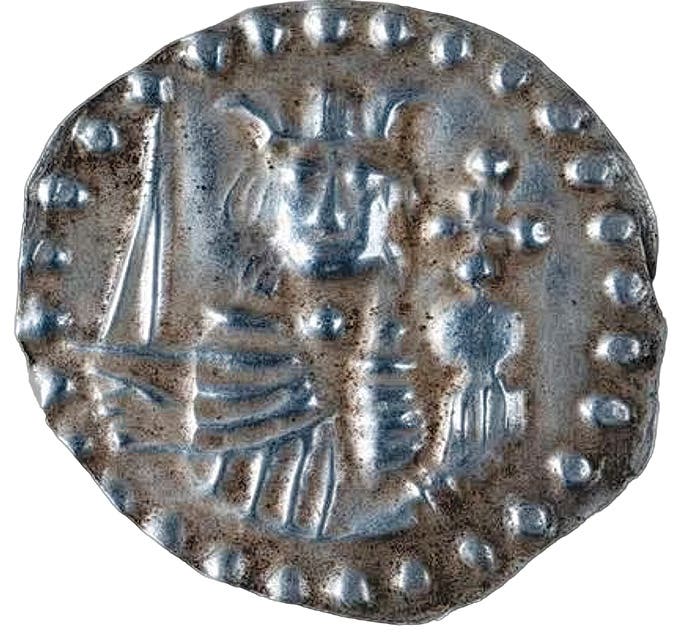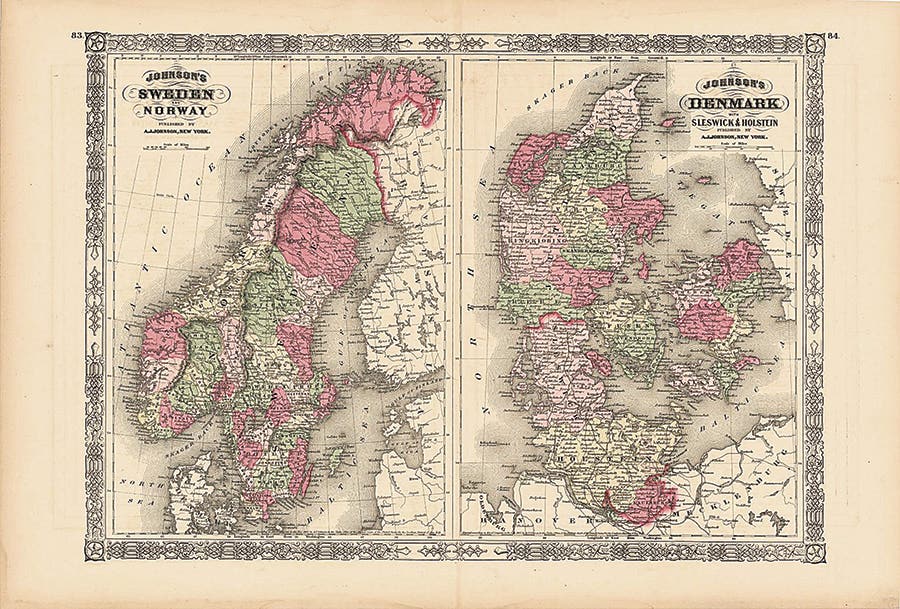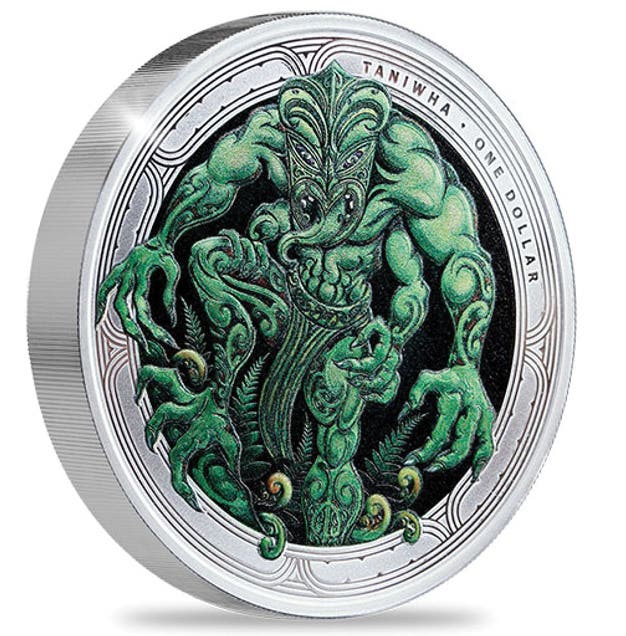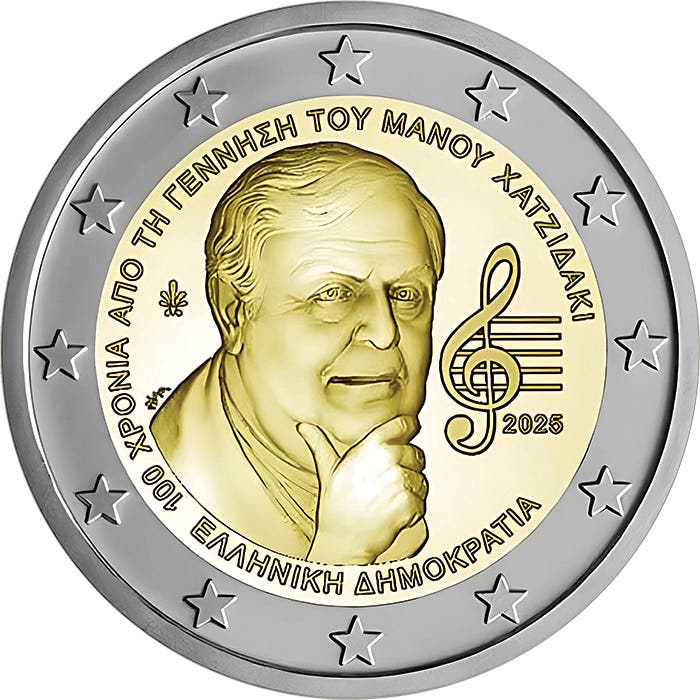Zanzibar set sells in private treaty
In early September, Trusted Traditions’ John Markis announced the private treaty sale of a full Waterlow-printed set of 1916-20 Zanzibar notes: P-2 to P-7. These are among the rarest and…
In early September, Trusted Traditions' John Markis announced the private treaty sale of a full Waterlow-printed set of 1916-20 Zanzibar notes: P-2 to P-7. These are among the rarest and most desirable paper money issues in the world. Each was in highly desirable condition.
The sale was conducted in conjunction with Stack’s Bowers and Spink. The set in question was that first sold by Spink in 2015, also as a private treaty sale. It includes one of the most sought after of all paper money issues: the 500 rupees of 1920, P-7.
For those unfamiliar with Zanzibar, it is a small group of islands off eastern Africa. The archipelago became a British protectorate in 1890.
Toward the end of the 19th century, several countries and colonies in the region introduced their own rupee currencies. This enabled them to better control their own economies as well as profit from the seigniorage arising from issue of their own coins and bank notes.
In 1906, Britain’s East African colonies introduced the East African rupee and, in 1908, Zanzibar followed suit, replacing the Zanzibari ryal with the Zanzibari rupee, equivalent to the Indian rupee. The new notes and coins were issued immediately upon the change in currency.
Initially, Zanzibar’s notes were denominated in five (P-2), 10 (P-3), 20 (P-4), and 100 (P-6) rupees. In 1916, a 50 rupees (P-5) was added, with one rupee (P-1) and 500 rupees (P-7) issued in 1920. All were withdrawn in 1936, when Zanzibar adopted the East African shilling as its currency.
The five- to 500-rupee notes were engraved and printed by Waterlow & Sons. The one-rupee note was produced by Thomas de la Rue.
All notes were uniface with an obverse design common to all denominations. It shows vignettes of an Arabian dhow and clove harvesting at left and right, respectively. Date and signature varieties exist.
Remarkably, the present Waterlow set consists of canceled examples of issued notes. All are dated Aug. 1, 1916, apart from the Sept. 1, 1920, 500 rupees. All are signed by Chief Secretary John Houston Sinclair and Treasurer James Corbett Davis. All have been perforated CANCELLED twice. All are independently graded and in exceptional condition. They consist of: Five rupees (PCGS About New 53), 10 rupees (PCGS Extremely Fine 40PPQ), 20 rupees (PCGS Choice About New 55), 50 rupees (PCGS About New 53PPQ), 100 rupees (PCGS About New 53PPQ), and 500 rupees (PCGS Extremely Fine 45PPQ).
In the absence of the TDLR-printed one rupee, the six canceled notes provide a Waterlow reference set. Whatever its source, it cannot have been part of the Waterlow archive, as this was destroyed during the London blitz in World War II.
What makes this set extraordinary is that all Zanzibar issues are extremely rare. Those that turn up are generally in poor condition, as is typical of rag-paper notes circulating in tropical climes.
The five and 10 rupees are seen infrequently, but the higher denominations seldom surface. In general, they turn up in specimen or commercial specimen (false color) format. The 50 and 500 rupees are seldom if ever illustrated in catalogs, presumably due to the lack of examples to image. In short, is there another Waterlow Zanzibar set extant?
World paper money specialist Aris Maragoudakis from Stack’s Bowers commented, “It was a true pleasure to work with Spink and Trusted Traditions to broker this historic deal. This set will forever sit on the Mount Rushmore of Foreign Paper Money, joining the ranks of a couple of other sets that only seasoned collectors and hobbyists are familiar with. I am grateful we were able complete this landmark deal and give my sincere thanks to all parties involved.”
Spink London’s principal hunter gatherer, Barnaby Faull, added, “I have been in the business over 40 years, and I reckon every year we may see a few ‘specials,’ once a year a ‘treasure,’ and once every five years an ‘unbelievable find.’ The Zanzibar set ranks right up there as a once-in-a-lifetime find.”…“I have not seen a Zanzibar 500 rupees before, and it is something wonderful. I am delighted the set has found a good home where it will be truly appreciated.”
And John Markis, president of Trusted Traditions, expressed his delight at being part of such a historic legacy transfer. He made it clear that the new owner of this Zanzibar set is fully aware of his responsibilities and regards the purchase as “a lifetime thrill” whose “joy will not wear off for a long time.” The purchaser’s name and amount paid remain confidential.
In the aftermath of the 2015 sale, Faull very reasonably posed the question of the 500 rupees, “Is this world paper money’s rarest issued note?” That query is still apposite today.
This article was originally printed in Bank Note Reporter. >> Subscribe today.
More Collecting Resources
• Order the Standard Catalog of World Paper Money, General Issues to learn about circulating paper money from 14th century China to the mid 20th century.
• When it comes to specialized world paper money issues, nothing can top the Standard Catalog of World Paper Money, Specialized Issues .









